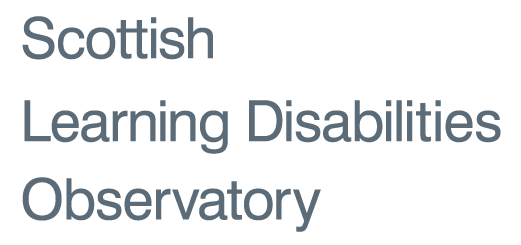Avoidable deaths in children and young people with learning disabilities in Scotland

Background
Children and young people with learning disabilities are more likely to experience physical and mental ill health than their peers without learning disabilities. People with learning disabilities die earlier on average, up to 20 years earlier than the general population. They are also over-represented in deaths that are considered avoidable, for example with treatment by timely and effective healthcare. Children and young people with learning disabilities may be at increased risk of premature death compared with adults with learning disabilities, including deaths considered avoidable, but the evidence is limited.
What we did
We linked Scotland’s 2011 census data to death registrations to look at all deaths in children and young people (5-24 years) in Scotland between 2011 and 2020.
What we found
Children with learning disabilities were 11 times more likely to die in childhood than their peers with no learning disabilities.
• There were 788 deaths in children and young people overall up to 2020
• 3.6 % with learning disabilities died (260 children and young people)
• 0.3 % without learning disabilities died (528 children and young people)
• Crude mortality rates are 388 deaths per 100,000 (95% confidence intervals 344, 349) in the group with learning disabilities and 36 per 100,000 (95% CI 33, 39) in the group without learning disabilities
• Median age of death was 3.5 years younger for those with learning disabilities, at 19.5 years
• More deaths in childhood (those aged 5-14) for those with learning disabilities
Deaths which could be avoided through prevention or good quality health care were more common.
• 34% of deaths amongst children and young people with learning disabilities were avoidable
• 23% were treatable [i.e., avoidable through good quality healthcare, even after a condition has developed (e.g., epilepsy, pneumonia including flu, aspiration-related infection, or lung injury)]
• 13% were preventable [i.e., avoidable through incidence reduction via public health interventions (e.g., accidents including choking)]
The mortality gap for children with learning disabilities compared to their peers is especially wide for.
• females
• treatable deaths
• diseases of the nervous system, respiratory system, and digestive system
What these findings mean
These results draw attention to the conditions which are most likely to be the cause of health inequalities experienced by people with learning disabilities who have complex care needs and highlights important areas to be targeted to reduce premature mortality.
You can read the full journal article in the BMJ Open: Rates, causes and predictors of all-cause and avoidable mortality in 163 686 children and young people with and without intellectual disabilities: a record linkage national cohort study
An easy read version is available here.
For further information on this research, please contact Laura Hughes McCormack.
Page updated 31st August 2022
